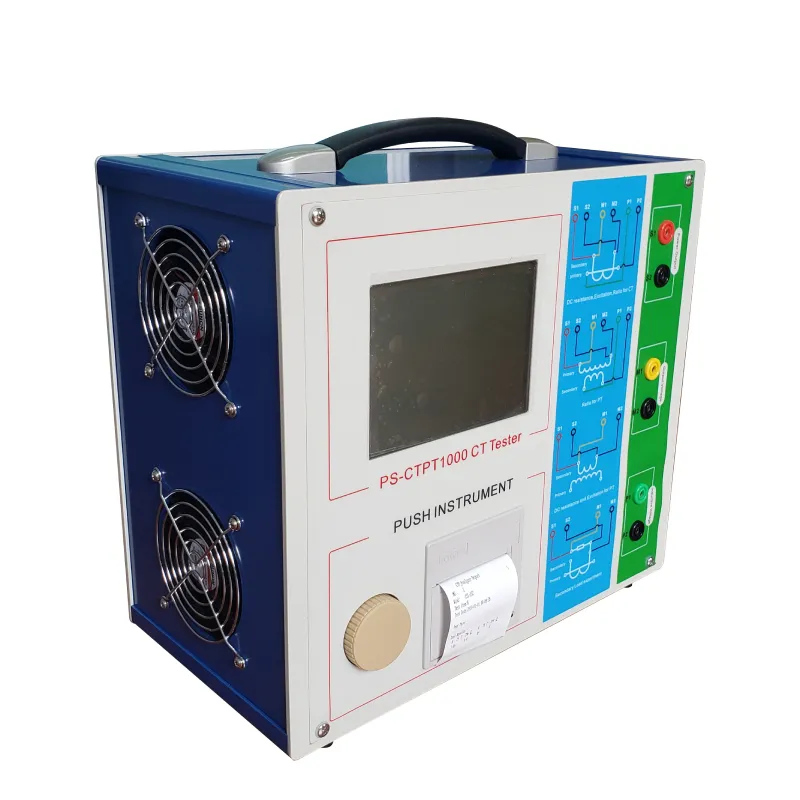TEL:
+86-0312-3189593
 English
English

Telephone:0312-3189593

Email:sales@oil-tester.com

-
 Afrikaans
Afrikaans -
 Albanian
Albanian -
 Amharic
Amharic -
 Arabic
Arabic -
 Armenian
Armenian -
 Azerbaijani
Azerbaijani -
 Basque
Basque -
 Belarusian
Belarusian -
 Bengali
Bengali -
 Bosnian
Bosnian -
 Bulgarian
Bulgarian -
 Catalan
Catalan -
 Cebuano
Cebuano -
 China
China -
 China (Taiwan)
China (Taiwan) -
 Corsican
Corsican -
 Croatian
Croatian -
 Czech
Czech -
 Danish
Danish -
 Dutch
Dutch -
 English
English -
 Esperanto
Esperanto -
 Estonian
Estonian -
 Finnish
Finnish -
 French
French -
 Frisian
Frisian -
 Galician
Galician -
 Georgian
Georgian -
 German
German -
 Greek
Greek -
 Gujarati
Gujarati -
 Haitian Creole
Haitian Creole -
 hausa
hausa -
 hawaiian
hawaiian -
 Hebrew
Hebrew -
 Hindi
Hindi -
 Miao
Miao -
 Hungarian
Hungarian -
 Icelandic
Icelandic -
 igbo
igbo -
 Indonesian
Indonesian -
 irish
irish -
 Italian
Italian -
 Japanese
Japanese -
 Javanese
Javanese -
 Kannada
Kannada -
 kazakh
kazakh -
 Khmer
Khmer -
 Rwandese
Rwandese -
 Korean
Korean -
 Kurdish
Kurdish -
 Kyrgyz
Kyrgyz -
 Lao
Lao -
 Latin
Latin -
 Latvian
Latvian -
 Lithuanian
Lithuanian -
 Luxembourgish
Luxembourgish -
 Macedonian
Macedonian -
 Malgashi
Malgashi -
 Malay
Malay -
 Malayalam
Malayalam -
 Maltese
Maltese -
 Maori
Maori -
 Marathi
Marathi -
 Mongolian
Mongolian -
 Myanmar
Myanmar -
 Nepali
Nepali -
 Norwegian
Norwegian -
 Norwegian
Norwegian -
 Occitan
Occitan -
 Pashto
Pashto -
 Persian
Persian -
 Polish
Polish -
 Portuguese
Portuguese -
 Punjabi
Punjabi -
 Romanian
Romanian -
 Russian
Russian -
 Samoan
Samoan -
 Scottish Gaelic
Scottish Gaelic -
 Serbian
Serbian -
 Sesotho
Sesotho -
 Shona
Shona -
 Sindhi
Sindhi -
 Sinhala
Sinhala -
 Slovak
Slovak -
 Slovenian
Slovenian -
 Somali
Somali -
 Spanish
Spanish -
 Sundanese
Sundanese -
 Swahili
Swahili -
 Swedish
Swedish -
 Tagalog
Tagalog -
 Tajik
Tajik -
 Tamil
Tamil -
 Tatar
Tatar -
 Telugu
Telugu -
 Thai
Thai -
 Turkish
Turkish -
 Turkmen
Turkmen -
 Ukrainian
Ukrainian -
 Urdu
Urdu -
 Uighur
Uighur -
 Uzbek
Uzbek -
 Vietnamese
Vietnamese -
 Welsh
Welsh -
 Bantu
Bantu -
 Yiddish
Yiddish -
 Yoruba
Yoruba -
 Zulu
Zulu
פבר . 15, 2025 08:27
Back to list
PUSH electric astm d92 open cup flash point tester Silicon nitride ignition head
Transformer testing before commissioning is a critical step in ensuring the reliability and efficiency of electrical systems. It involves a series of checks and processes that verify the correct operation of the transformer, which is vital not only for preventing future operational failures but also for ensuring the safety and economy of the system.
An important test for ensuring operational stability is the short-circuit impedance measurement. This test assesses the transformer's impedance under short-circuit conditions, which reflects its ability to withstand thermal and mechanical stresses during faults. Consistent readings with design specifications assure the transformer can handle potential surges in current without sustaining damage. Noise level testing evaluates the noise emissions of a transformer under typical operating conditions. Excessive noise can indicate potential mechanical issues or incorrect installation, which might necessitate adjustments. Moreover, the final stage of load testing allows engineers to observe the transformer's performance under actual operating conditions. During load tests, the transformer is connected to a controlled electrical load to simulate real-world demand. This phase helps to verify the stability and efficiency of the unit, ensuring that it can handle its rated capacity without overheating or experiencing other operational issues. Throughout these tests, adherence to industry standards and protocols is paramount. By aligning testing procedures with standards like those set by the Institute of Electrical and Electronics Engineers (IEEE), the International Electrotechnical Commission (IEC), and other relevant organizations, engineers ensure that the testing is comprehensive and trustworthy. In implementing these practices, recognize the value of enlisting certified professionals equipped with industry-specific expertise. Their proficiency not only enhances the accuracy of testing procedures but also heeds the best safety and operational protocols, fortifying trust in the entire commissioning process. By ensuring that all aspects of transformer functionality have been thoroughly vetted and confirmed, stakeholders can be more confident about the long-term reliability and safety of their electrical infrastructures.


An important test for ensuring operational stability is the short-circuit impedance measurement. This test assesses the transformer's impedance under short-circuit conditions, which reflects its ability to withstand thermal and mechanical stresses during faults. Consistent readings with design specifications assure the transformer can handle potential surges in current without sustaining damage. Noise level testing evaluates the noise emissions of a transformer under typical operating conditions. Excessive noise can indicate potential mechanical issues or incorrect installation, which might necessitate adjustments. Moreover, the final stage of load testing allows engineers to observe the transformer's performance under actual operating conditions. During load tests, the transformer is connected to a controlled electrical load to simulate real-world demand. This phase helps to verify the stability and efficiency of the unit, ensuring that it can handle its rated capacity without overheating or experiencing other operational issues. Throughout these tests, adherence to industry standards and protocols is paramount. By aligning testing procedures with standards like those set by the Institute of Electrical and Electronics Engineers (IEEE), the International Electrotechnical Commission (IEC), and other relevant organizations, engineers ensure that the testing is comprehensive and trustworthy. In implementing these practices, recognize the value of enlisting certified professionals equipped with industry-specific expertise. Their proficiency not only enhances the accuracy of testing procedures but also heeds the best safety and operational protocols, fortifying trust in the entire commissioning process. By ensuring that all aspects of transformer functionality have been thoroughly vetted and confirmed, stakeholders can be more confident about the long-term reliability and safety of their electrical infrastructures.
Latest news
-
Testing Equipment Industry Sees Major Advancements in 2025: Smart & Precision Technologies Lead the WayNewsJun.06,2025
-
Applications of Direct Current Generators in Renewable Energy SystemsNewsJun.05,2025
-
Hipot Tester Calibration and Accuracy GuidelinesNewsJun.05,2025
-
Digital Circuit Breaker Analyzer Features and BenefitsNewsJun.05,2025
-
Benefits of Real-Time Power Quality Monitoring Devices for Industrial EfficiencyNewsJun.05,2025
-
Earth Fault Loop Testing in High-Rise Building Electrical SystemsNewsJun.05,2025



